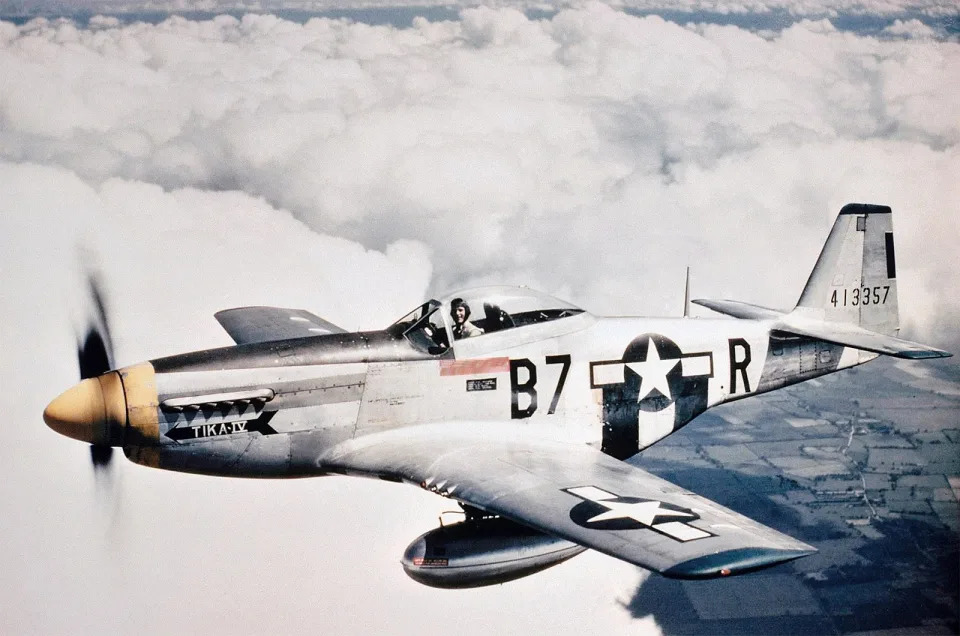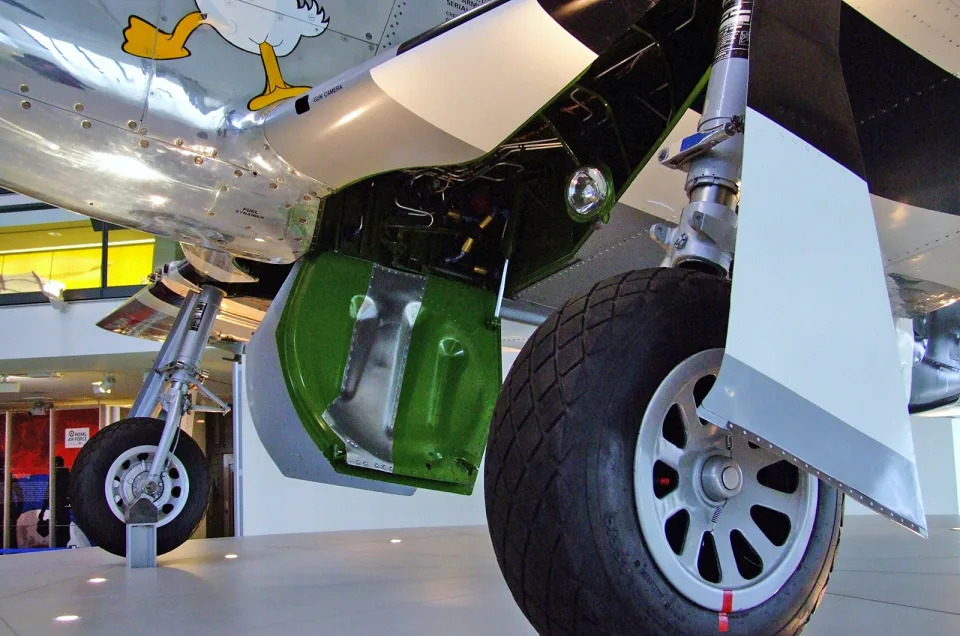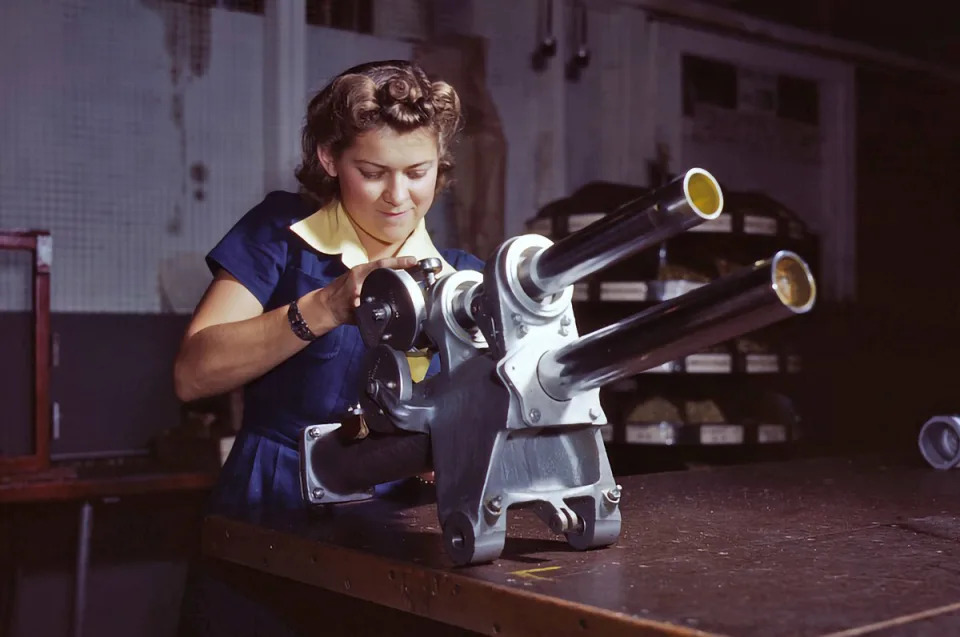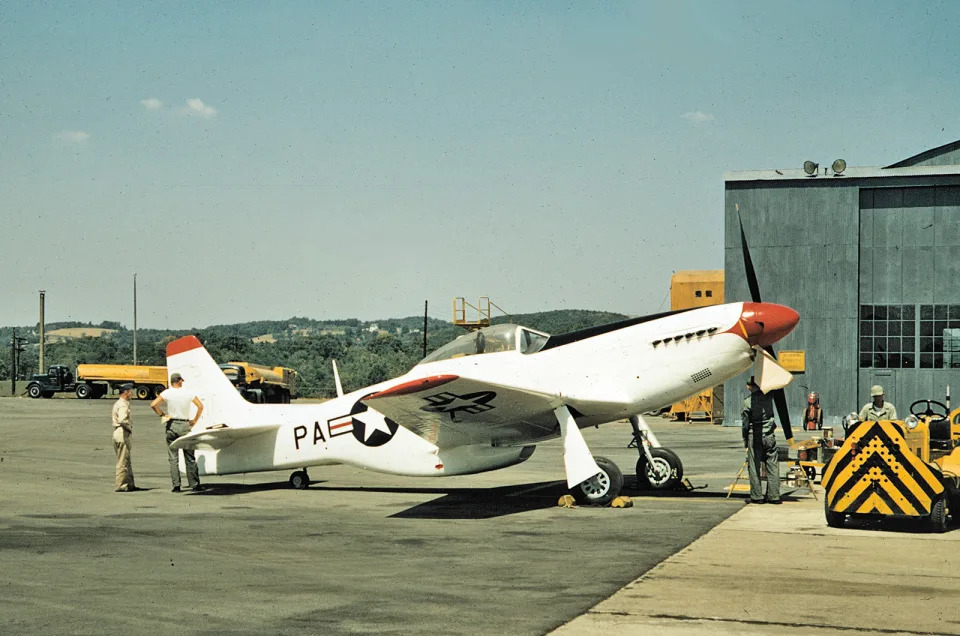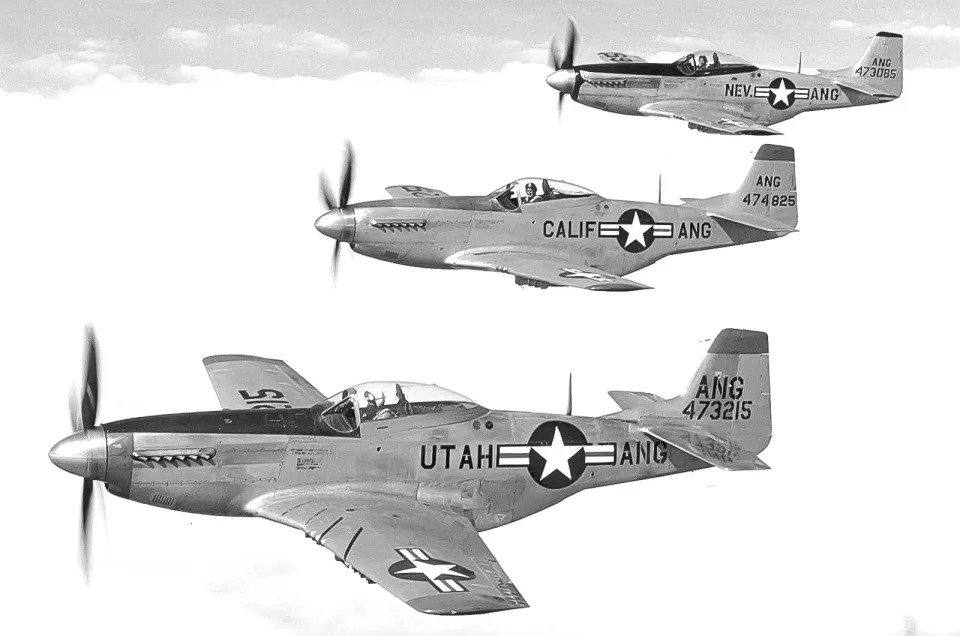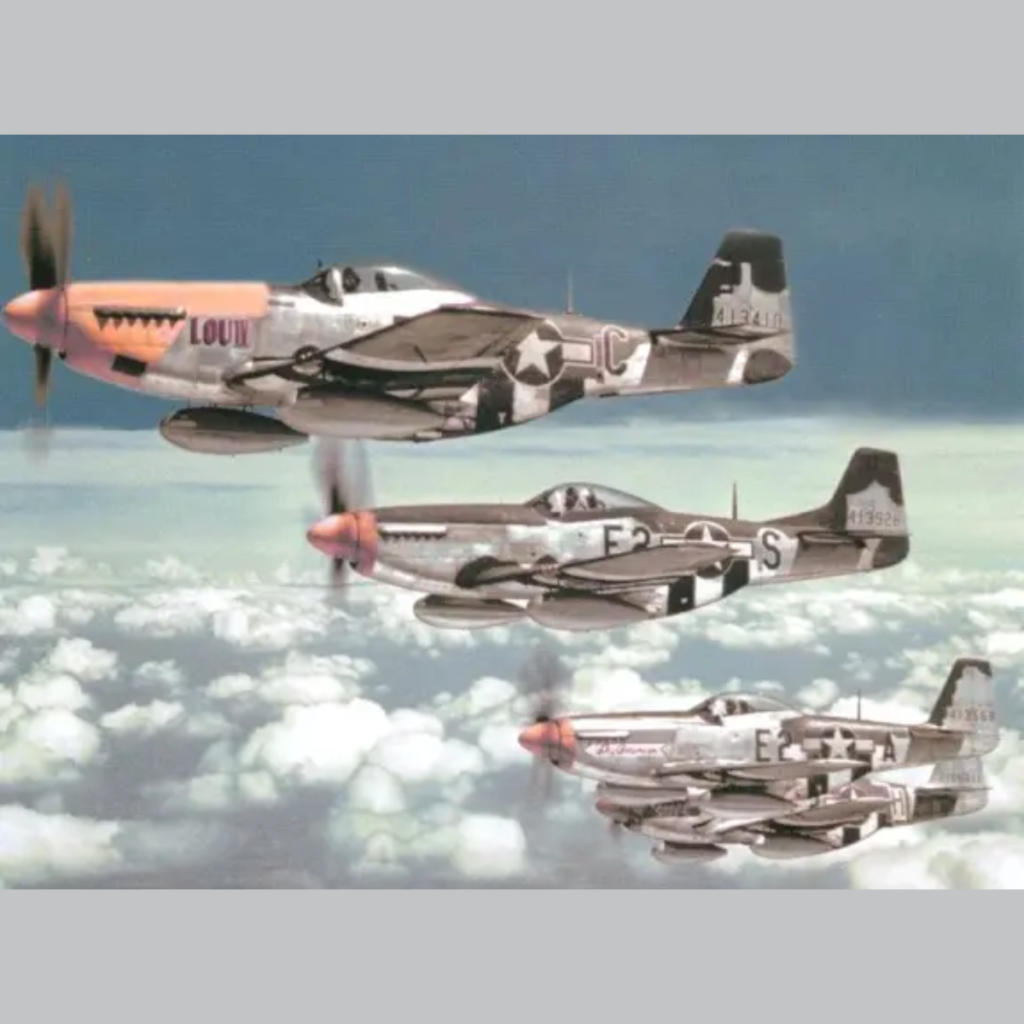
The Mustang is the Jimmy Stewart of airplanes. Both are solid performers with dashing good looks, and few have a negative comment for either one. The Mustang’s graceful curves draw you in. The performance and technical details are what keep me coming back. It’s the best of both worlds: a stunning piece of art and a technical marvel. While the art claim is incontestable, let’s dive a little deeper into the technical claim.
1: Conical lofting
“Conic” refers to a type of mathematically defined curve. A conic curve is generated by slicing a plane through a cone, hence the name. A circle and an ellipse are both conic curves, among others. The advantage of a conic curve is that it can be described with high mathematical precision, and it is guaranteed to be a smooth curve with no reversal of curvature (assuming it is built per the definition).
This type of lofting provides two related advantages. First, it tends to produce aircraft surfaces that are very smooth and continuous, and thus promotes low drag. Secondly, these surfaces tend to look really pleasing to the eye. If you look at a Mustang fuselage closely, you can see evidence of this. The forward cowling is an exceptionally well-designed shape in both cross section and the way the shapes flow from spinner to canopy. The aft fuselage between the canopy and tail is similar.
This might be the most obscure detail that contributes to the Mustang’s greatness. As an aircraft designer though, it is one of my favourites. The Mustang was one of the first aircraft to use a geometric design process referred to as “Conic Lofting”. Before we get into why this matters, let’s start with some definitions. “Lofting” is the process of creating the external shape of the aircraft, and the “Loft” refers to this final shape.
The term loft comes from the shipbuilding industry where the shapes of ship hulls were drafted (often at full scale) in a loft above the shipyard. Early aircraft development borrowed much from shipbuilding, including this term. In more modern language, the loft represents the collection of external aircraft surfaces.
2: Landing gear
The Mustang had inward retracting gear which allows for a wider gear stance. If a pilot lands with a wing low, a wider stance gear has a better ability to correct the roll angle on touchdown, without over-turning. Additionally, a wider stance gear allows for higher turning forces on the ground before the aircraft pivots on the outer gear and drags a wingtip.
Spitfire pilots tended to cope well with its gear arrangement, probably due to superior training. However, more than 10% of all Bf 109s were lost in landing and take-off accidents. This landing gear likely has a strong influence on this statistic.
3: Easy to build
As you would expect from the influence of the world’s largest automaker, the P-51 was designed for profitable mass production and operational effectiveness from the beginning. An example of this philosophy is the wing and the tail. Despite the Mustang arguably having the best performing wing of the war, it was also amongst the simplest. It had a trapezoidal planform with straight leading and trailing edges.
This not only is simple and cost-effective to build, but it contributes to the higher manufacturing accuracy needed to achieve its aerodynamic efficiency. Straight lines are easier to align when building tooling, especially in the 1940s without the use of modern laser projection and measurement tools. General Motors sold North American in 1948; today after various mergers the company is part of Boeing.
PHOTO: Assembling the P-51’s landing gear at the North American Aviation factory at Inglewood, California in 1942
4: Bubble hood
Both aircraft were going through a rapid evolutionary cycle and the next version of each aircraft (the Spitfire Mk VIII and the P-51D) took this idea a step further. In both cases, the canopy was enlarged, and the aft fuselage lowered to give an unobstructed view in nearly all directions. This idea did increase aircraft drag slightly. But that is a small trade for better pilot situational awareness.
This canopy design became the norm for nearly all fighter aircraft that came afterwards and remains the standard today. The clean bubble canopy strongly contributed the P-51D’s “modern” look as compared to the razorback fuselage and glazed canopy design of previous fighters.

5: Allison
The General Motors-built Allison probably doesn’t get proper credit because the P-47 entered service soon after the Mustang and, with more armament, it was an even better ground attack aircraft. (The-P-47 was also an effective high-altitude aircraft with its unique engine/turbocharger installation.)
Due to the urgent need for long-range, high-altitude fighters, most Mustang production transitioned over to the Merlin-powered model which quickly eclipsed the Allison-powered Mustang. And that is a shame. I am a fan of both aircraft, for different reasons, and I wish the Allison got a little more love.

6: The Merlin
Both the British and Americans started speculating on what the aircraft could do with the Merlin engine, and teams in both countries started projects to retrofit a Mustang with the engine. The British were slightly ahead, and their prototype flew a month before the Americans in October of 1942.
Both teams quickly realized it was the right combination, with high-altitude performance that exceeded any other fighter of the day. A vast majority of the Mustangs built used the Merlin engine, and its amazing success as a high-altitude bomber escort is because of this engine pairing. The Merlin was of course also a central part of the success of the Spitfire fighter, twin-engined Mosquito, and Lancaster heavy bomber. Most of the Merlins used in the Mustang were license-produced by car giant Packard in Detroit.
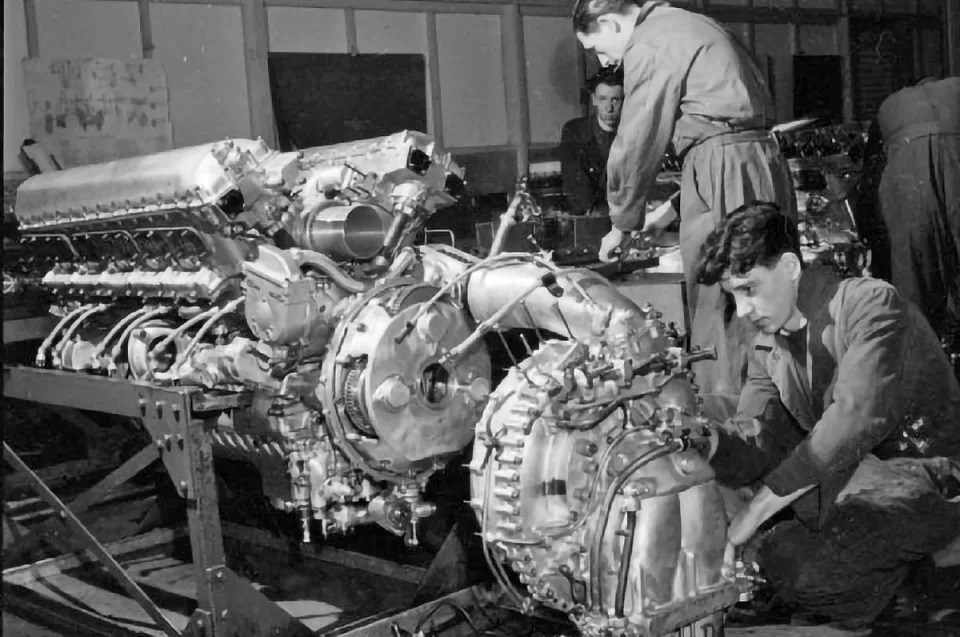
7: Amazing Development Story
The British took a gamble on the offer, and magic ensued. There are three common ingredients for a successful rapid aircraft development program: a team with the right expertise, the necessary funding and tools, and a challenging but realistic deadline. The North American team had all three and it was off to the races.
Based on the team’s prior research and design work, North American rolled out the prototype aircraft in an unprecedented three and a half months, and it flew a few months later. The team was able to work out the bugs and was delivering the initial aircraft to the British in October 1941, roughly 18 months after the contract was signed.
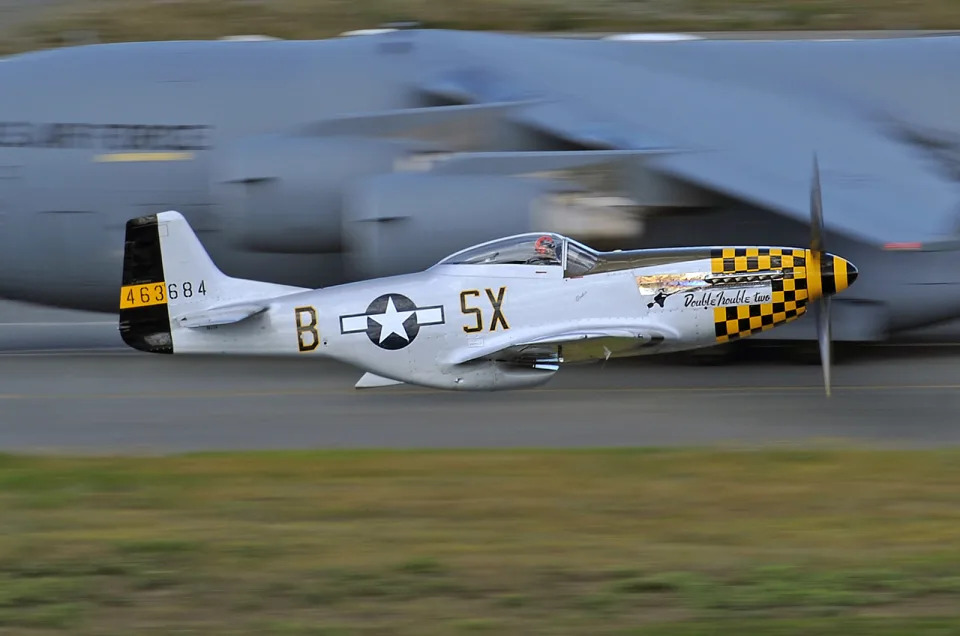
8: Goes the distance
The USAAF began using the Mustang for long-range bomber escort. The Mustang’s low drag meant it could cruise with lower fuel burn than other contemporary fighters, and thus fly even further on the same fuel. Range was further increased with an additional fuselage tank and wing drop tanks (pictured). All of this gave the Mustang sufficient range to escort bombers round trip anywhere in Germany and even into Eastern Europe.
Several other long-range fighters like the P-38 and P-47 approached this capability. Although the Mustang has less manoeuvrability compared to some of the lighter fighters, like the Spitfire and Bf 109, it was superior to the P-38 and P-47 which were larger and heavier. The Mustang had the right balance.
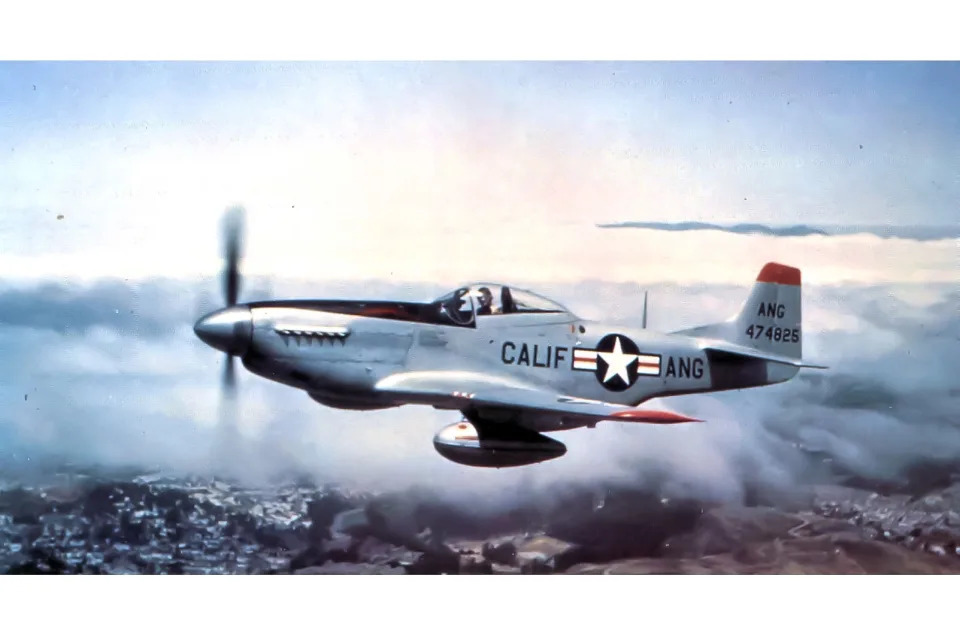
9: Low drag
Many sources will talk about the belly radiator system producing thrust by adding heat energy to the airflow. The test data shows that very little positive thrust is ever produced. However, in most high-speed conditions, the system is producing no net drag. This effect is important, as cooling drag at high power can be quite large. One last detail which results in low drag / increased thrust is optimal shaping of the engine exhaust stacks such that the exhaust airflow produces net positive thrust.
10: The Wing is the thing
By complete serendipity, the shaping of a laminar flow aerofoil (the cross section of the wing) is also very good for low drag at high speeds. The airflow over a wing accelerates even faster than the airspeed of the aircraft. At high enough aircraft speed, this local wing airflow will exceed the speed of sound. When this happens, drag increases to really high levels, really fast. To keep accelerating you need a lot more engine power.
The shaping of the Mustang wing lessened this airflow acceleration and allowed it to fly a little faster before this drag started its dramatic rise. In modern terminology, the Mustang had a great transonic wing. This effect was not fully understood in the early 1940s, but the science quickly followed up.
